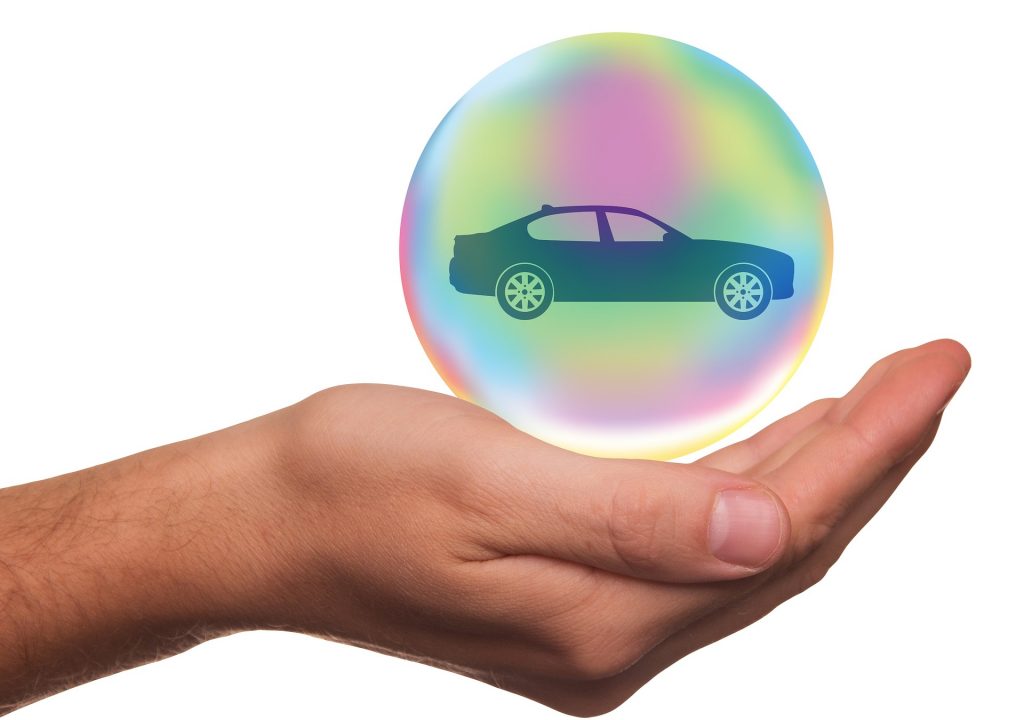Top 5 Illinois Car Insurance Companies of 2021

When factors like affordability, customer satisfaction ratings, useful policy management tools, and unique features are considered, the car insurance companies that are found to offer standout coverage in Illinois include Geico, State Farm, Travelers, Progressive, and Erie.
Geico
Geico has one of the lowest average rates for a variety of motorist groups in Illinois, including:
- Drivers in their 20s and 50s who have poor credit
- Drivers in their 20s with one at-fault crash
- 20-year-olds, 30-year-olds, 40-year-olds, 50-year-olds, and 65-year olds with the state’s minimum coverage
- 65-year-old drivers with poor credit
Geico scores highly in customer satisfaction because of the service and support it offers. It is the country’s second-largest insurance provider and has a Private Passenger auto complaint ratio of 0.74. This is well below the national average of 1.00.
State Farm
State Farm holds about 30% of the Illinois private passenger car insurance market share. It offers many discounts for students, safety, and good drivers. The Steer Clear and Drive Safe & Save programs allow drivers to get reduced premiums for adopting safe driving practices. State Farm also offers rental and travel insurance coverage to help drivers stranded more than 50 miles from home pay for lodging and meals until they can get back home.
Travelers
Travelers Insurance offers some of the cheapest rates in Illinois. It has one of the lowest rates available to 20-year-olds with poor credit in Illinois.
Travelers offers several discounts to help motorists save even more, including continuous insurance, hybrid/electric vehicle, and IntelliDrive. With IntelliDrive, drivers can pay less in their policy’s first term if they agree to have an app monitor their driving for 90 days.
Progressive
Progressive has many digital tools to help customers save, such as Name Your Price. When a person enters his or her basic information, the Name Your Price tool provides the available options that may be within the person’s budget.
Customers with a good driving record have several ways of saving with Progressive. The Snapshot program adjusts rates whenever a customer renews his or her policy, depending on his or her driving habits. A person who has been a customer for five or more years and accident-free for at least three years can qualify for accident forgiveness.
Erie
Erie has a solid reputation for offering affordable annual premiums and being suitable for drivers who have claims on their record. It has the second-lowest average full coverage rate for 50-year-olds and 65-year-old drivers with an at-fault crash in Illinois. Some of the discounts it offers include:
- Erie Rate Lock
- First accident forgiveness
- Youthful driver discount
- College credit
Erie Rate Lock protects customers from having their rates increase automatically following their first claim.
Factors That Determine Auto Insurance Premiums
Insurance companies consider a wide variety of information when setting premiums.
Type of car: For example, sports cars reach high speeds in a much shorter time than non-sports vehicles. As a result, they may have a greater potential risk in addition to their pricey repair costs. Their premiums tend to be 10-50% higher than those of similarly valued non-sports cars.
Driving record: A driving record with an accident or speeding ticket bumps up premium pricing.
Age: Inexperienced younger drivers pay higher rates.
Place of residence: People living in areas that statistically have higher car theft rates pay higher premiums.
Credit score: Poor credit usually results in higher car insurance rates.
Gender: Statistics show that men are more likely to have an accident than women.
Car usage: People who drive often are more likely to be involved in accidents than people who do not drive frequently.
How to Save on Auto Insurance
Some of the ways that drivers can save money on auto insurance include bundling a car insurance policy with other policies, choosing a higher deductible, trying usage-based or pay-per-mile plans, taking advantage of discounts, and reassessing the current policy each year before renewal.
Market Projections
According to a TransUnion survey, 72% of American drivers who own or lease a car have either driven their car less or not driven at all since the beginning of the COVID-19 pandemic.
In response, most insurance companies have opted to offer discounts. The trend is expected to continue into the foreseeable future. Deloitte forecasted a decline of 6.2% in personal car insurance premiums written and 3.5% for commercial cars. That represented a return of 10-25% in premiums to policyholders.
If the premium discounts continue, Deloitte estimates a single-digit decrease in the personal auto premium volumes that will keep premiums below the pre-pandemic levels up to 2023.
Industry Trends
Car Safety Upgrades
New technologies that help save lives, such as automatic emergency braking systems and reverse cameras, are increasingly being incorporated into modern vehicles. Insuring such vehicles may be expected to cost less because of the fitted technologies that help prevent accidents. Nonetheless, these sophisticated technologies are costlier to repair, and so they do not really lower car insurance premiums.
Monitoring Technologies
On the contrary, monitoring technologies like telematics can lower car insurance premiums. Telematics uses devices plugged into a car to record things like speed, braking, acceleration, distance, and fuel efficiency.
The technology delivers information on a person’s habits and a car’s maintenance needs. According to industry analysts, telematics will lower premium pricing. Telematics is also beneficial for pay-per-mile insurance policies.
